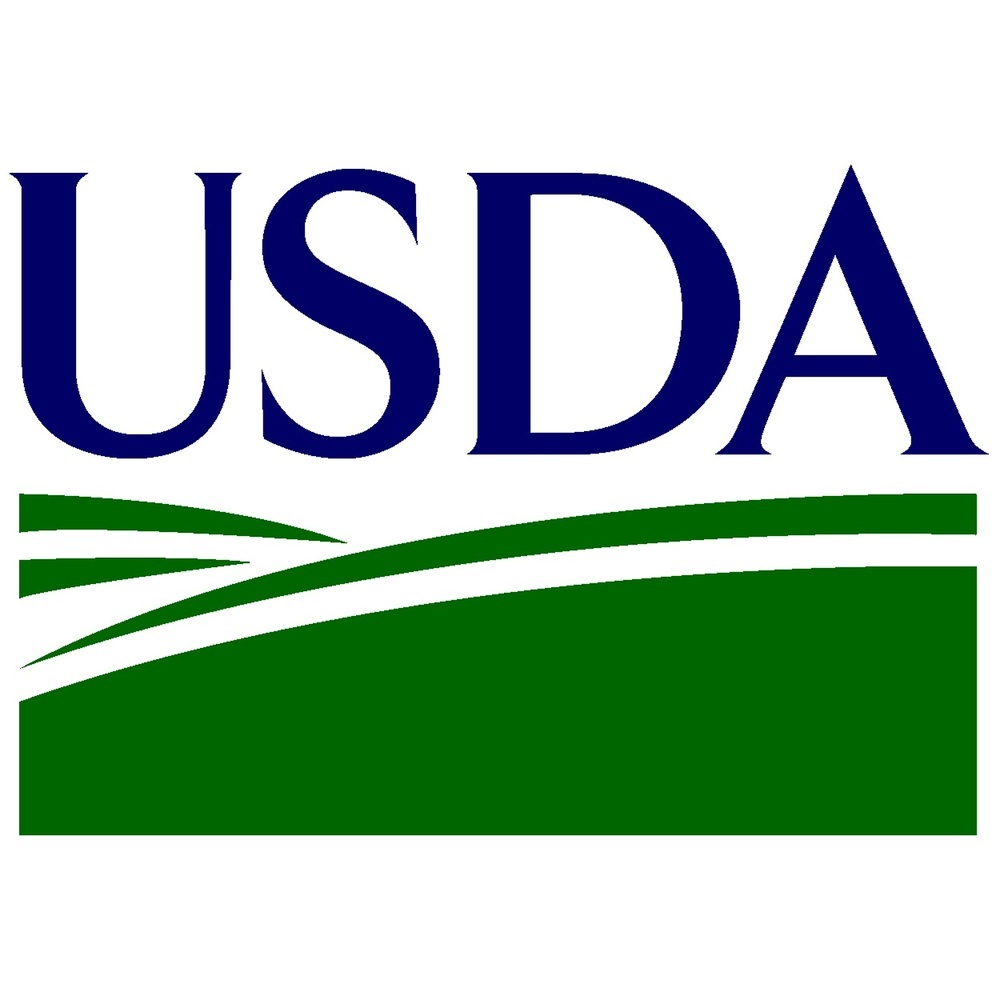
Agricultural News
USDA to Allow Producers to Request Voluntary Termination of Conservation Reserve Program Contract
Fri, 03 Jun 2022 09:26:14 CDT
 The U.S. Department of Agriculture (USDA) will allow Conservation Reserve Program (CRP) participants who are in the final year of their CRP contract to request voluntary termination of their CRP contract following the end of the primary nesting season for fiscal year 2022. Participants approved for this one-time, voluntary termination will not have to repay rental payments, a flexibility implemented this year to help mitigate the global food supply challenges caused by the Russian invasion of Ukraine and other factors. Today, USDA also announced additional flexibilities for the Environmental Quality Incentives Program (EQIP) and Conservation Stewardship Program (CSP).
The U.S. Department of Agriculture (USDA) will allow Conservation Reserve Program (CRP) participants who are in the final year of their CRP contract to request voluntary termination of their CRP contract following the end of the primary nesting season for fiscal year 2022. Participants approved for this one-time, voluntary termination will not have to repay rental payments, a flexibility implemented this year to help mitigate the global food supply challenges caused by the Russian invasion of Ukraine and other factors. Today, USDA also announced additional flexibilities for the Environmental Quality Incentives Program (EQIP) and Conservation Stewardship Program (CSP).
"Putin's unjustified invasion of Ukraine has cut off a critical source of wheat, corn, barley, oilseeds, and cooking oil, and we've heard from many producers who want to better understand their options to help respond to global food needs," said Steve Kouplen USDA's Farm Service Agency State Executive Director in Oklahoma. "This announcement will help producers make informed decisions about land use and conservation options."
FSA is mailing letters to producers with expiring acres that detail this flexibility and share other options, such as re-enrolling sensitive acres in the CRP Continuous signup and considering growing organic crops. Producers will be asked to make the request for voluntary termination in writing through their local USDA Service Center.
If approved for voluntary termination, preparations can occur after the conclusion of the primary nesting season. Producers will then be able to hay, graze, begin land preparation activities and plant a fall-seeded crop before October 1, 2022. For land in colder climates, this flexibility may allow for better establishment of a winter wheat crop or better prepare the land for spring planting.
Organic Considerations
Since CRP land typically does not have a recent history of pesticide or herbicide application, USDA is encouraging producers to consider organic production. USDA's Natural Resources Conservation Service (NRCS) provides technical and financial assistance to help producers plan and implement conservation practices, including those that work well for organic operations, such as pest management and mulching. Meanwhile, FSA offers cost-share for certification costs and other fees.
Other CRP Options
Participants can also choose to enroll all or part of their expiring acres into the Continuous CRP signup for 2022. Important conservation benefits may still be achieved by re-enrolling sensitive acres such as buffers or wetlands. Expiring water quality practices such as filter strips, grass waterways, and riparian buffers may be eligible to be reenrolled under the Clean Lakes, Estuaries, and Rivers (CLEAR) and CLEAR 30 options under CRP. Additionally, expiring continuous CRP practices such as shelterbelts, field windbreaks, and other buffer practices may also be re-enrolled to provide benefits for organic farming operations.
If producers are not planning to farm the land from their expiring CRP contract, the Transition Incentives Program (TIP) may also provide them two additional annual rental payments after their contract expires on the condition that they sell or rent their land to a beginning or veteran farmer or rancher or a member of a socially disadvantaged group.
Producers interested in the Continuous CRP signup, CLEAR 30, or TIP should contact FSA by Aug. 5, 2022.
NRCS Conservation Programs
USDA also encourages producers to consider NRCS conservation programs, which help producers integrate conservation on croplands, grazing lands and other agricultural landscapes. EQIP and CSP can help producers plant cover crops, manage nutrients and improve irrigation and grazing systems. Additionally, the Agricultural Conservation Easement Program (ACEP), or state or private easement programs, may be such an option. In many cases, a combination of approaches can be taken on the same parcel. For example, riparian areas or other sensitive parts of a parcel may be enrolled in continuous CRP and the remaining land that is returned to farming can participate in CSP or EQIP and may be eligible to receive additional ranking points.
Other Flexibilities to Support Conservation
Additionally, NRCS is also offering a new flexibility for EQIP and CSP participants who have cover cropping including in their existing contracts. NRCS will allow participants to either modify their plans to plant a cover crop (and instead shift to a conservation crop rotation) or delay their cover crop plans a year, without needing to terminate the existing contract. This will allow for flexibility to respond to market signals while still ensuring the conservation benefits through NRCS financial and technical assistance for participating producers.
More Information
Producers and landowners can learn more about these options by contacting FSA and NRCS at their local USDA Service Center.
USDA touches the lives of all Americans each day in so many positive ways. In the Biden-Harris Administration, USDA is transforming America's food system with a greater focus on more resilient local and regional food production, fairer markets for all producers, ensuring access to safe, healthy and nutritious food in all communities, building new markets and streams of income for farmers and producers using climate smart food and forestry practices, making historic investments in infrastructure and clean energy capabilities in rural America, and committing to equity across the Department by removing systemic barriers and building a workforce more representative of America. To learn more, visit usda.gov.
USDA is an equal opportunity provider, employer and lender.
WebReadyTM Powered by WireReady® NSI
Top Agricultural News
More Headlines...





